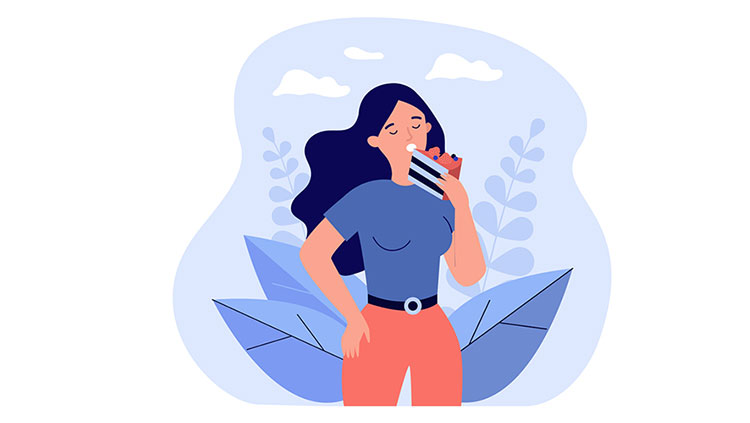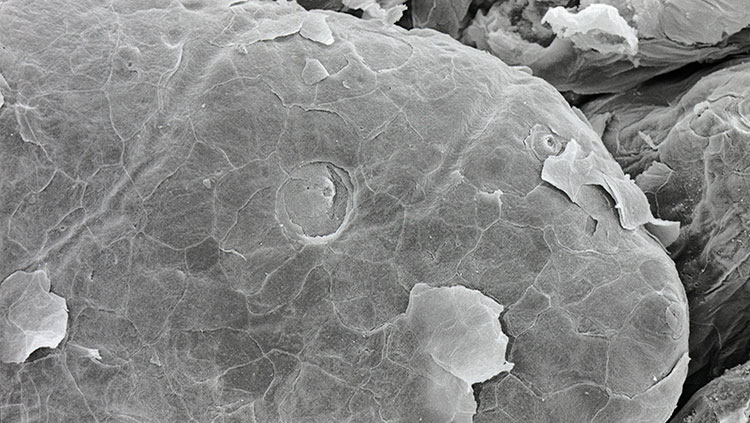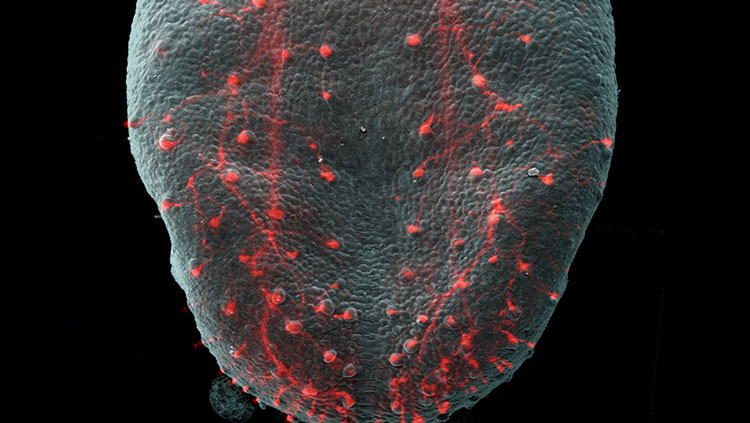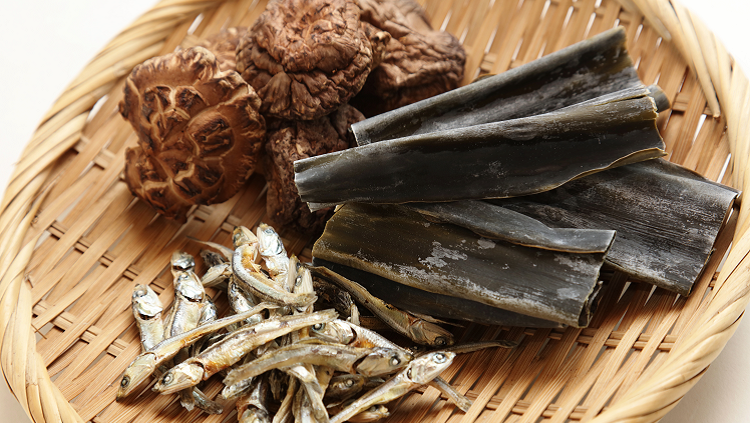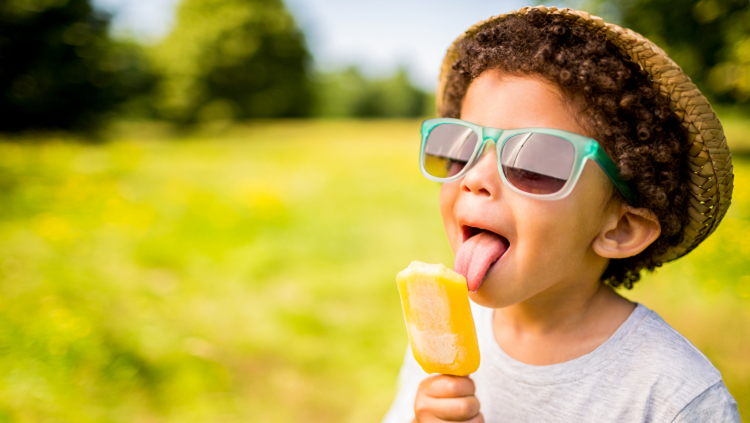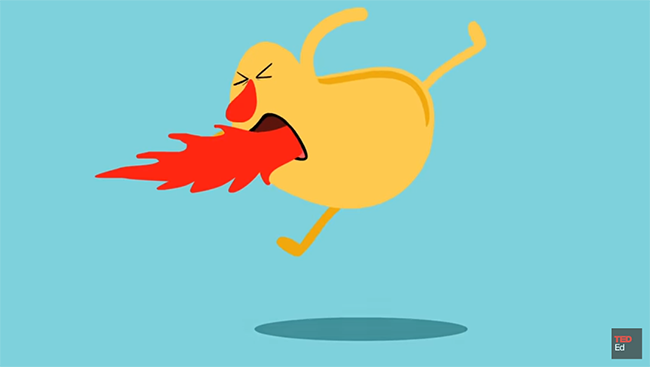Neuroscience for Kids: How Does Our Brain Create Flavor?
- Published3 Oct 2022
- Source BrainFacts/SfN
We tend to think about our senses individually — how a tree looks, a flower smells, or an apple tastes. But our brains often combine information from different senses in what’s called multisensory perception. Here, simple experiments you can try at home show how, by tricking our senses, smell and vision can change how we perceive taste.
This is a video from the 2022 Brain Awareness Video Contest.
Created by Nicolette Frazer.
CONTENT PROVIDED BY
BrainFacts/SfN
Transcript
There are 5 main senses that we use to perceive the world around us. And each of these corresponds to a different part of the brain. There's vision, hearing, touch, taste, and smell. All of these are processed separately in the brain, and then come together to create what we call multisensory perception.
The cool thing is that very little of what we experience is purely one sense, and rather, is a combination of multiple senses. Our brain has gotten so used to having inputs from multiple different senses that it has learned to combine all of the information into creating what we experience as the world around us. The funny thing is, sometimes this can be misleading.
For instance, image in you are at the zoo, and you see this frog [roar]. Now, because you saw the mouth move at the same time you heard the sound, your brain will associate these two stimuli together and think for a second it was the frog that was roaring, and not necessarily this lion nearby. The most common way our brain is tricked through multisensory perception is through taste.
So now, I’m going to talk about everything that goes into how we taste flavors, and how other senses play a role in how we taste. In order to do that, I’m going to get some help from my good friend, Brane E. Ak.
So, just like Brane E. Ak, I want you to stick out your tongue. If you’re looking in a mirror or you have someone else nearby, you can see that there are little bumps covering the surface of the tongue.
These bumps are known as papillae, and they contain taste buds which have special sensors dedicated to responding to different tastes.
There are 5 main flavors we are able to taste: sour, which is like lemons; bitter, which is like broccoli; salty, which is like french fries; sweet, which is like ice cream; and a special fifth taste known as umami, which has a meaty flavor like bacon or mushrooms. Brane E. Ak's favorite taste is sweet. What's yours?
The cool thing about taste is that it can be changed or added to by the other senses — such as smell, sight, and sound — by what we were talking about before, multisensory perception.
In order to do this, let’s do a fun experiment together. In order to do this you are going to need a blindfold and some flavors of Jell-O. And, of course, you're going to need curiosity!
Brane E. Ak is going to show you how to do this experiment, so you can watch him do it, and then try it yourself by pausing this video. So first, Brane E. Ak is going to grab his blindfold, and put it on.
Next, he’s going to have his parent or helper give him a spoonful of Jell-O, but he doesn’t know which flavor. He’s then going to plug his nose and eat it, and see if he’s able to correctly guess the flavor of Jell-O. As you can see, it’s a little hard since he only has taste to go off of. Then, he's going to unplug his nose, and breathe out. And suddenly he can taste it and knows that it's strawberry. Good job Brane E. Ak! You can take off your blindfold now.
If you want to pause this video and try it out for yourself, now would be a good time. Just hit play whenever you’re ready to resume and learn why this happens.
So how does this work? Well, taste is highly dependent on smell, and this happens through a process with 2 big words, known as retronasal olfaction. Let’s take a look inside Brane E. Ak’s brain to understand what is going on.
Let's take a look inside. When you put food in your mouth, the chemicals in the food activate taste receptors on your tongue, like we talked about before. But the smell of food can travel to the back of your throat and up to your nose through a special tube that connects them. Here, the smell can activate smell receptors in your nose. The taste receptors and the smell receptors send information to the same part of the brain, and they combine to give what we understand as flavor.
So, what about the other senses? Sound and vision can affect taste too. Classical music can make things sweeter, while hard electric rock can make things taste more metallic. Also, your brain can be tricked about the flavor just by looking at the color of the food. Brane E. Ak’s favorite experiment, the Jell-O color test, is his favorite way to trick his friends and learn about neuroscience all at the same time.
To do this, you just need two batches of light-colored Jell-O, like lemon, and some food coloring. We are using red for this to turn one of the batches orange. You can feed this yellow and orange batch to your friends and see if they can tell you if there's a difference in flavor. The friends will probably say the yellow one tastes more sour, while the orange one is sweeter, even though they are the same flavor, and the only thing different about them is color.
Science is SO cool — I hope you had a fun time learning with us and enjoy your treats. Bye!


